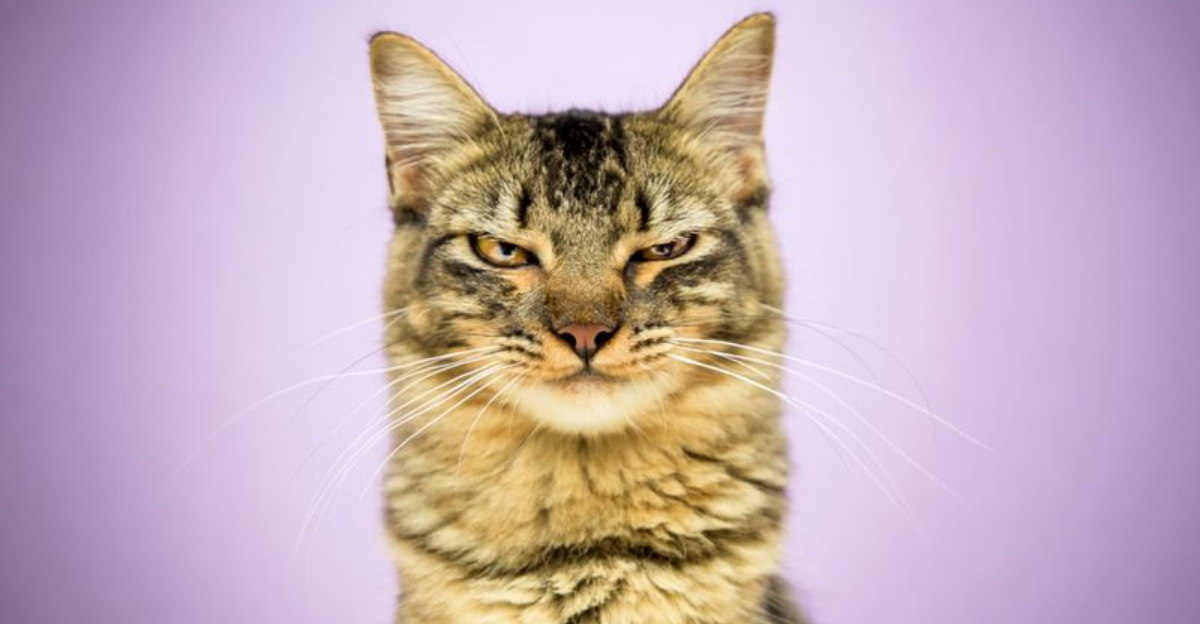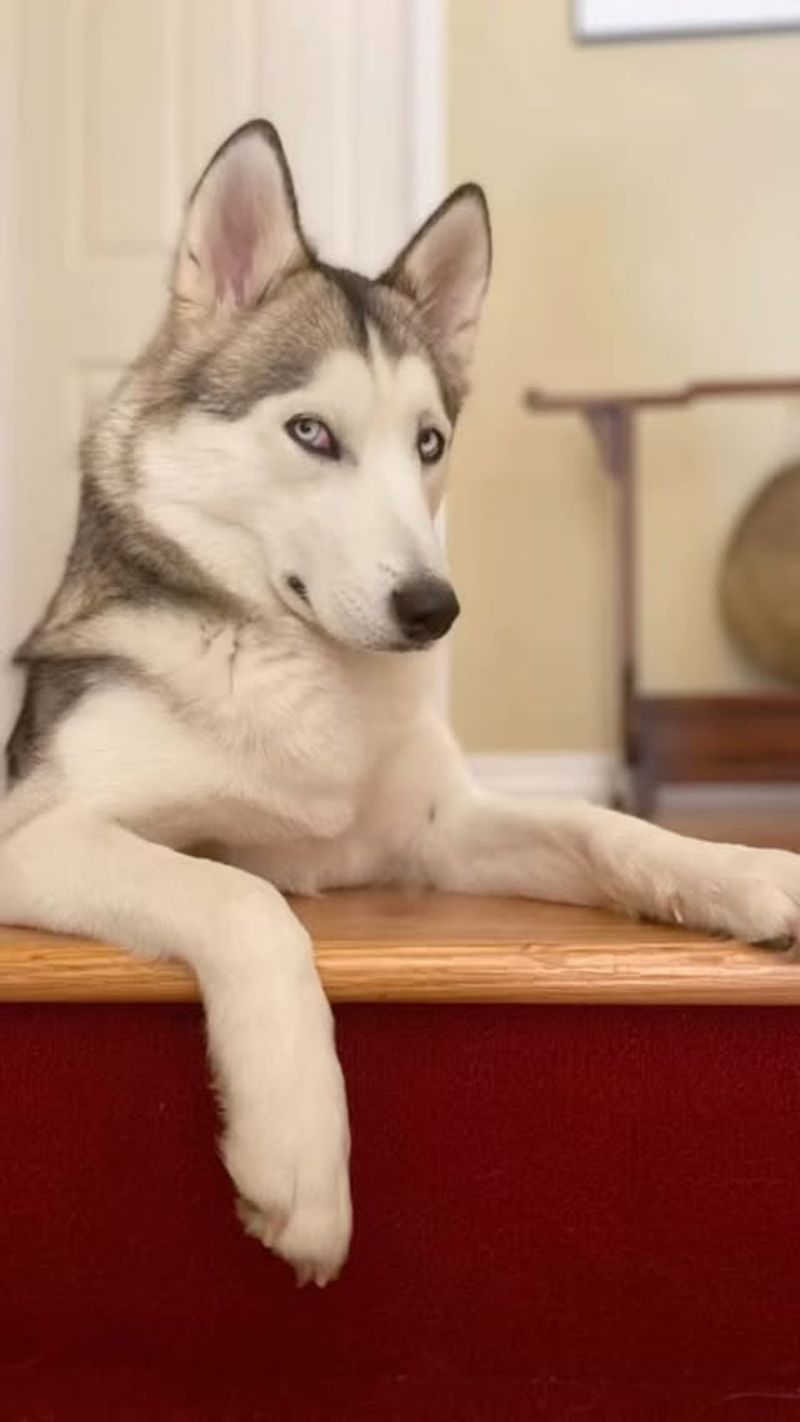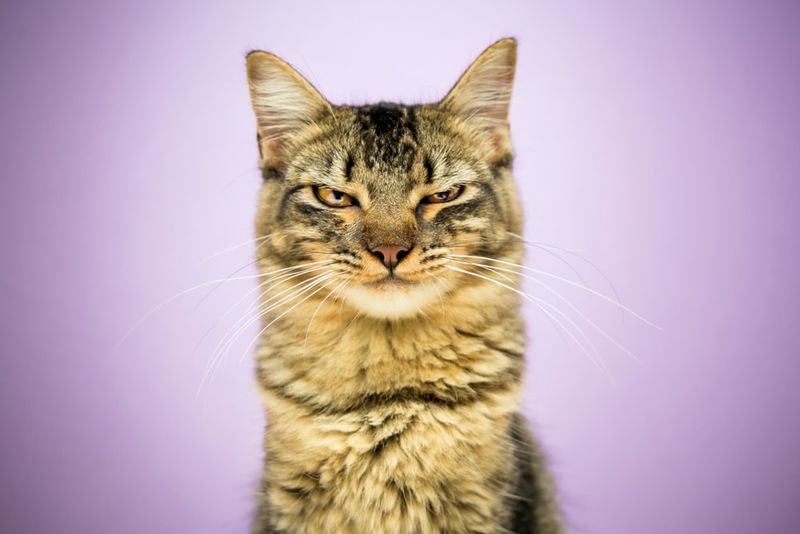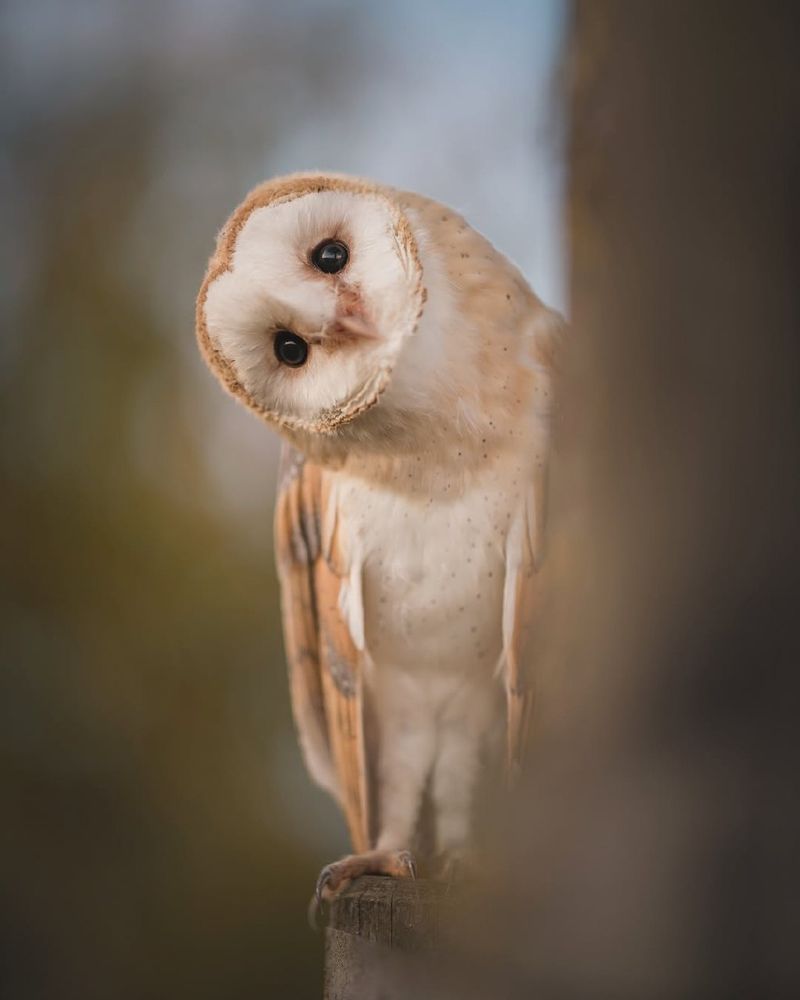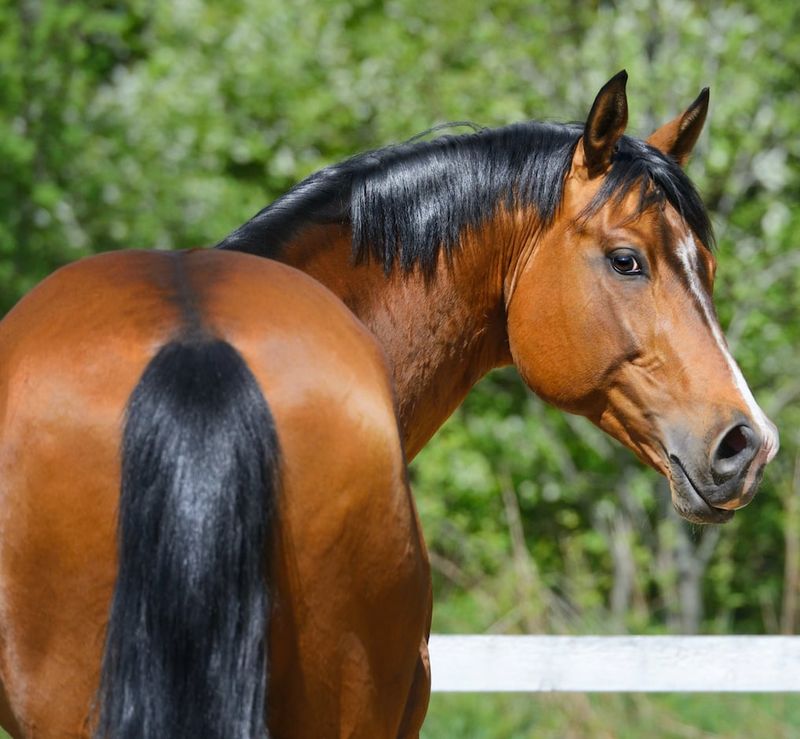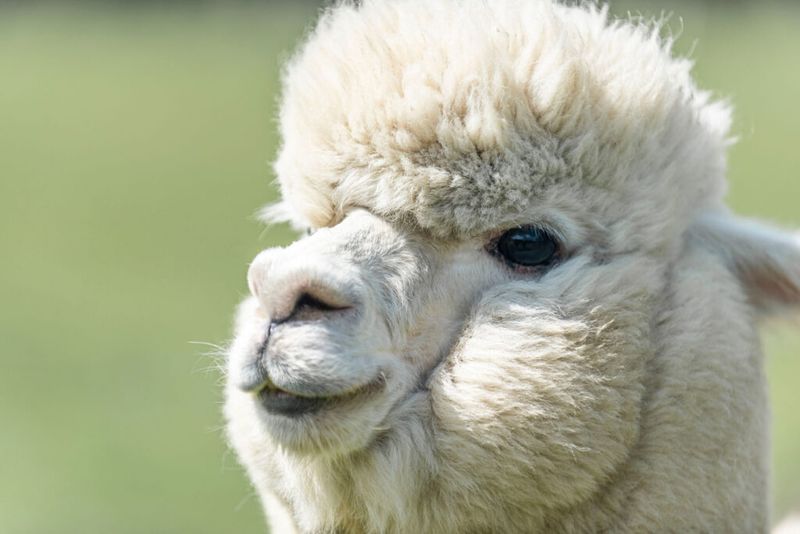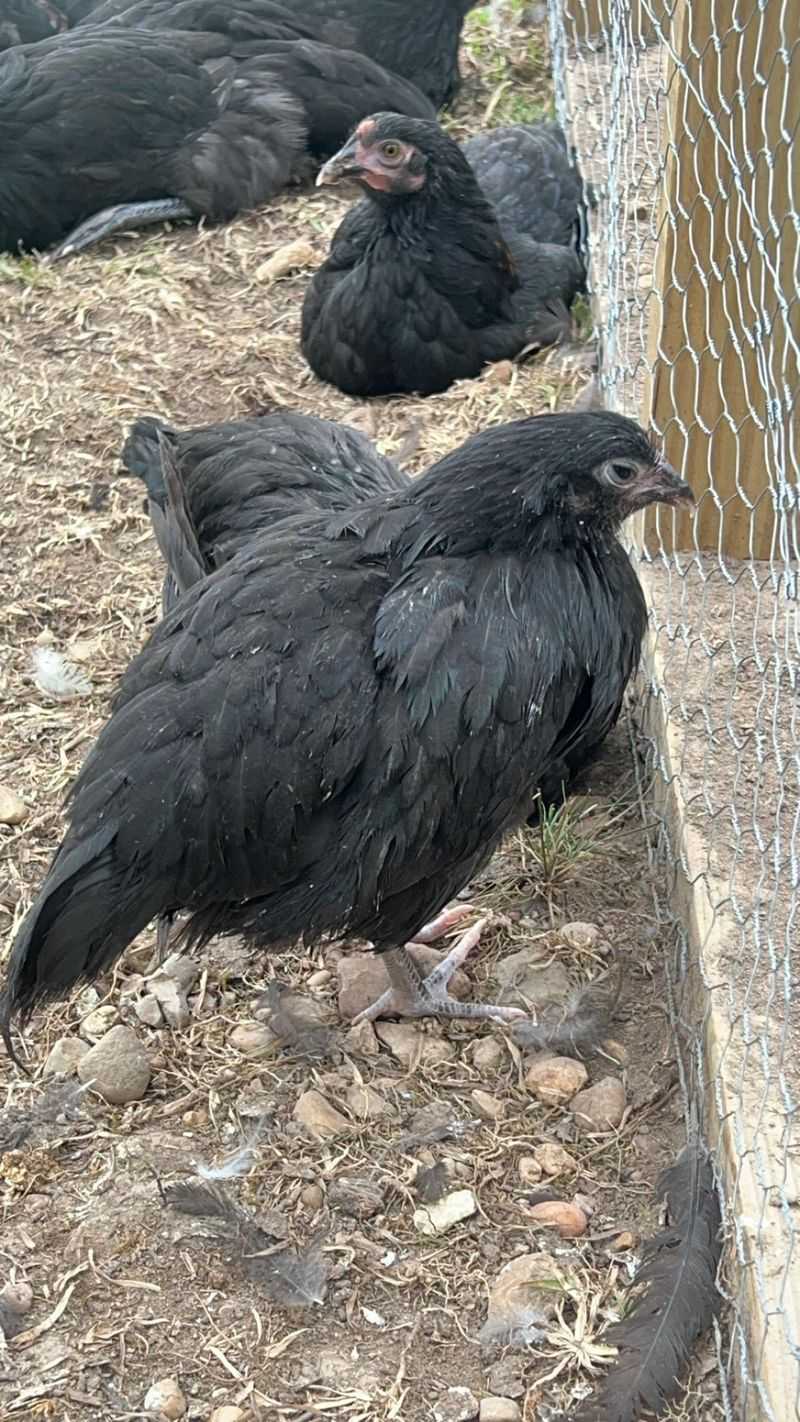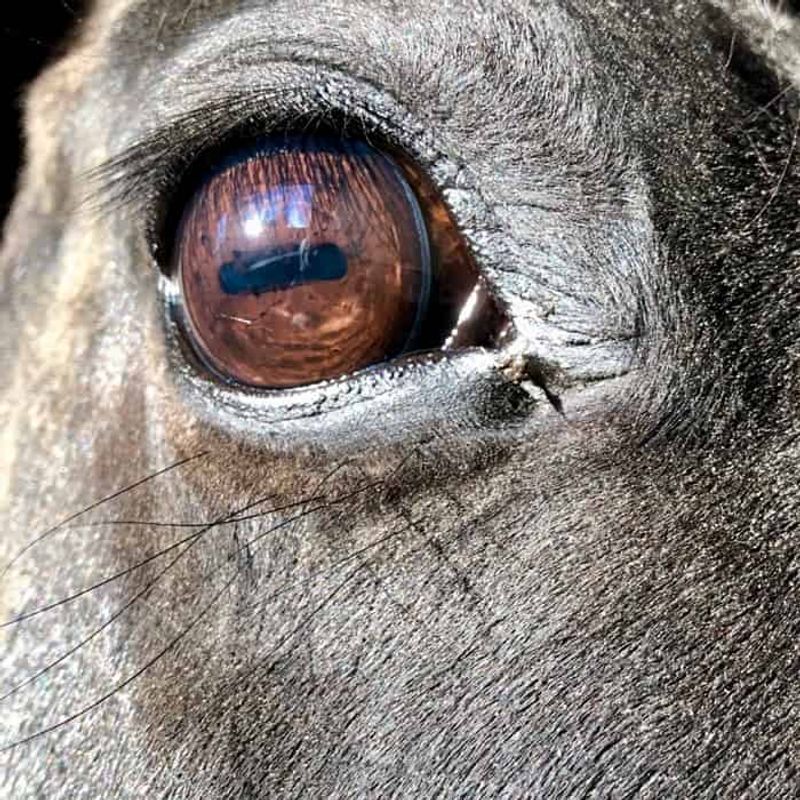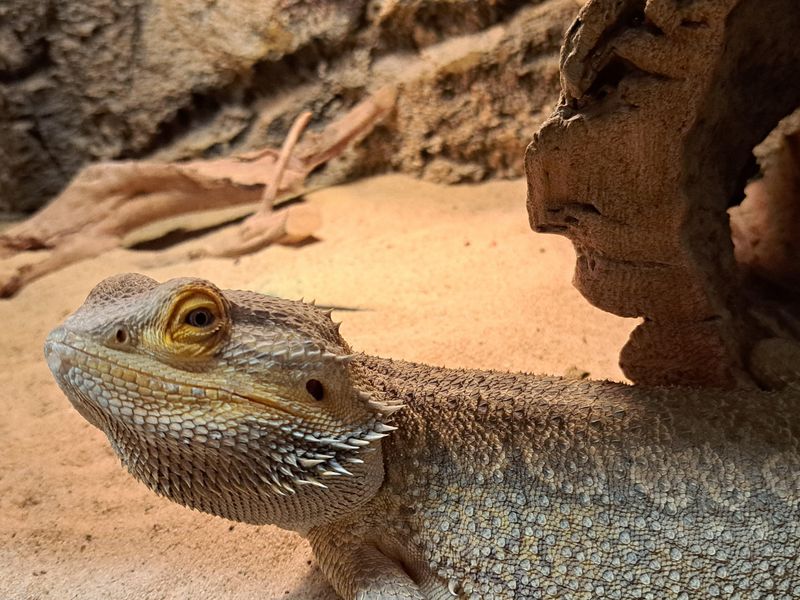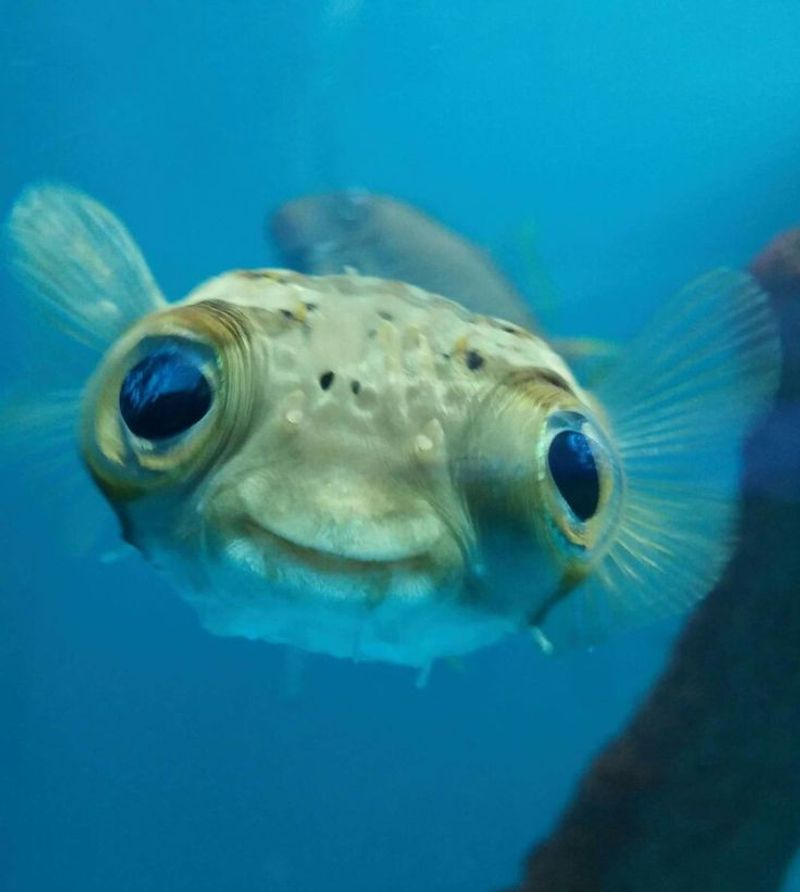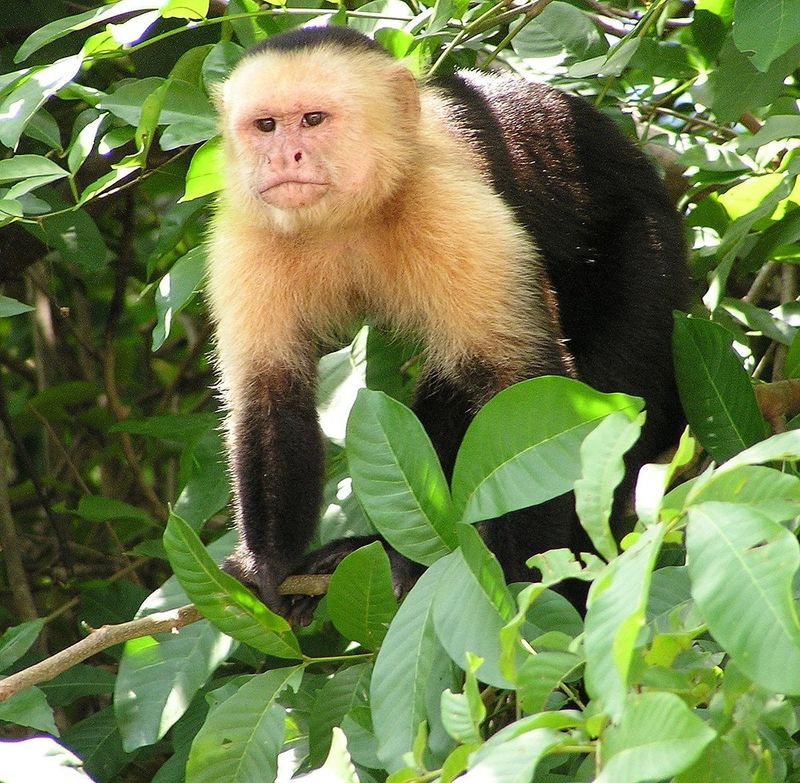Have you ever been judged by an animal? That unmistakable sideways glance that seems to say, “Really, human? That’s what you’re doing?” Animals across the world have perfected the art of the side-eye, using this expressive look to communicate everything from suspicion to annoyance. While humans might use this look to express judgment, animals employ it for various reasons including vigilance, communication, and sometimes pure sass.
Sassy Canine Judges
Dogs deliver some of the most memorable side-eye moments, often called “whale eye” because of how the whites become visible. When your furry friend catches you eating that last piece of pizza without sharing, expect that sideways glance of disapproval to come your way. This expression isn’t always about judgment though.
For many dogs, showing the whites of their eyes can signal anxiety or stress, especially when accompanied by other body language cues like a stiff posture or lip-licking. Watch for context clues when your pup gives you the side-eye.
Some breeds seem particularly gifted in the art of side-eye communication. Huskies and French Bulldogs regularly top social media feeds with their expressive glances that seem to question your every life choice. These masters of silent commentary can convey more emotion in a single glance than most humans can in an entire conversation.
Unimpressed Feline Observers
Nobody throws shade quite like a cat. These furry critics have elevated the side-eye into a true art form, often accompanied by a slow blink that screams, “I’m not mad, just disappointed.” Cats deploy this look when their dinner is late, when you’ve disturbed their nap, or simply because it’s Tuesday.
Cat side-eye frequently comes with a slight head tilt and ears positioned to indicate their level of irritation. Unlike dogs who might be showing stress, cats typically use the side-eye as a power move – a subtle reminder that you exist merely to serve them.
Interestingly, domestic cats inherited this expressive trait from their wild ancestors who used peripheral vision to track prey. What once served as a hunting mechanism has evolved into the perfect tool for silently judging your fashion choices, relationship decisions, and general human inadequacy.
Dubious Barn Owls
Barn owls possess a physical advantage in the side-eye competition – they can’t actually move their eyes in their sockets! Instead, these skeptical birds must turn their entire head to look around, creating that perfect side-eye moment when they rotate just enough to cast judgment upon you.
Their facial disc structure, shaped like a heart, frames those enormous dark eyes perfectly for maximum side-eye impact. When a barn owl gives you that sideways glance, the contrast between their pale face and deep black eyes creates an expression of utter disbelief.
These nocturnal birds have a natural air of wisdom about them, making their side-eye particularly effective. There’s something uniquely humbling about being judged by a creature that’s been symbolically associated with knowledge for centuries. The barn owl doesn’t even need to hoot – that sideways glance speaks volumes about your questionable life choices.
Judgmental Horses
Horses have mastered the dramatic side-eye, partly due to their eye placement that allows nearly 360-degree vision. When a thousand-pound animal gives you that sideways glance, you really feel the weight of their judgment! Their large, expressive eyes can convey volumes of opinion without a single sound.
Equine side-eye serves practical purposes beyond sass. This visual positioning helps them remain vigilant for predators while grazing. But make no mistake – they’ve adapted this survival mechanism into a social tool for expressing their thoughts on your riding skills or treat-giving frequency.
Horse owners often share stories about receiving the equine side-eye when approaching with the wrong treat or attempting to put on a disliked saddle. The combination of a slightly turned head, flared nostril, and that unmistakable sideways glance creates an expression that transcends species barriers to clearly communicate: “Nice try, human, but I’m not impressed.”
Skeptical Llamas
Llamas might be the reigning champions of side-eye shade-throwing in the animal kingdom. With their long necks, prominent eyes, and perpetually unimpressed expressions, these South American camelids seem born to judge. Their side-eye game comes with an added element – the notorious llama sneer that often accompanies it.
These fluffy critics have good reason for their sideways glances. Llamas are guardian animals by nature, often protecting sheep and other livestock from predators. Their vigilant side-eye helps them monitor their surroundings while appearing to be casually chewing their cud.
The contrast between their fuzzy, adorable appearance and their cutting side-eye makes the llama’s judgment particularly effective. There’s something uniquely humbling about being silently criticized by an animal wearing what amounts to a luxurious fur coat. Llama side-eye has become so iconic that it regularly appears on greeting cards and internet memes as the universal symbol for “I can’t even with you right now.”
Suspicious Chickens
Chickens have elevated side-eye to an art form, largely thanks to their natural eye placement on the sides of their heads. This evolutionary design gives them nearly panoramic vision, perfect for spotting predators – or judging your choice of chicken feed. The head tilt that accompanies their sideways glance adds an extra layer of skepticism to their already dubious expression.
When a chicken fixes you with one beady eye, you can almost hear the unspoken criticism. Their rapid head movements and jerky neck extensions only enhance the dramatic effect of their side-eye. These birds don’t need words to communicate their thoughts on your coop-cleaning schedule.
Hens seem particularly gifted at deploying the judgmental side-glance, especially when protecting their chicks. A mother hen will give a sideways look that clearly translates to: “Step any closer to my babies and see what happens.” Despite their small size, chickens can pack remarkable attitude into a single sideways glance.
Disapproving Goats
Goats possess rectangular pupils that create an otherworldly effect when they cast a sideways glance your way. These horizontal slits, evolved for wide-angle vision to spot predators, give their side-eye an extra alien quality that somehow makes their judgment cut deeper. When a goat looks at you sideways, those unusual pupils make it impossible to ignore their disapproval.
Baby goats (kids) start practicing their side-eye techniques early, often while performing their signature playful jumps and hops. Something about the contrast between their joyful antics and judgmental glances makes their side-eye particularly entertaining.
Goat owners frequently report feeling scrutinized by their caprine companions, especially when attempting to introduce new foods or changes to their environment. Despite their reputation for eating anything, goats are surprisingly discerning creatures who aren’t afraid to let you know when your offerings fall short of their standards with a perfectly executed side-eye.
Reptilian Shade-Throwers
Lizards and other reptiles might lack the facial muscles for complex expressions, but they’ve still mastered the art of the judgmental side-eye. Bearded dragons are particularly skilled, combining a sideways glance with a slightly open mouth that somehow perfectly communicates, “I find your existence questionable at best.”
The slow, deliberate head turn of a reptile creates a dramatic build-up to their side-eye moment. Unlike mammals who might quickly glance your way, a bearded dragon or iguana will slowly rotate their head until one eye fixes upon you with what can only be described as cold-blooded judgment.
Chameleons take the reptilian side-eye to another level with their independently moving eyes. When one eye swivels to look at you while the other continues scanning elsewhere, you’re experiencing the ultimate multitasking shade. Their ability to change color while giving you the side-eye only enhances the effect – imagine being judged so hard that your critic physically changes color to express their disapproval.
Aquatic Eye-Rollers
Fish might not seem like obvious candidates for side-eye champions, but certain species have perfected the underwater judgment glance. Pufferfish, with their permanently surprised expressions and ability to make direct eye contact, deliver some of the ocean’s most cutting side-eye. Their round bodies and prominent eyes create the perfect canvas for aquatic attitude.
Octopuses bring cognitive complexity to their side-eye game. With highly developed brains and excellent vision, these cephalopods can give a sideways glance that feels genuinely personal. Their ability to change color and texture while fixing you with one intelligent eye makes their judgment particularly effective.
Even betta fish, those colorful aquarium favorites, have mastered the art of looking thoroughly unimpressed. When a betta turns sideways in its tank to give you that flat stare, you might find yourself apologizing to a fish and promising better water conditions. The side-eye transcends evolutionary boundaries, proving that judgment is a universal language across all animal groups.
Primates With Attitude
Our closest relatives in the animal kingdom have elevated side-eye to an art form that rivals human teenagers. Monkeys and apes deploy this expression with remarkable precision, often accompanied by subtle head tilts and eyebrow movements that add layers of meaning to their judgment.
Capuchin monkeys are particularly expressive side-eye artists. These intelligent primates use sideways glances during complex social interactions, sometimes to communicate disapproval without direct confrontation. Their side-eye can indicate anything from mild curiosity to outright indignation when another monkey receives a better treat.
Gorillas, despite their imposing size, often opt for the subtlety of side-eye rather than direct stares, which could be interpreted as aggression. When a 400-pound silverback gives you a sideways glance, you feel the full weight of evolutionary judgment. The primate side-eye feels particularly pointed because we recognize the intelligence behind it – these aren’t just animals judging us; they’re our genetic cousins questioning our life choices.
